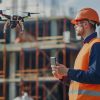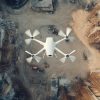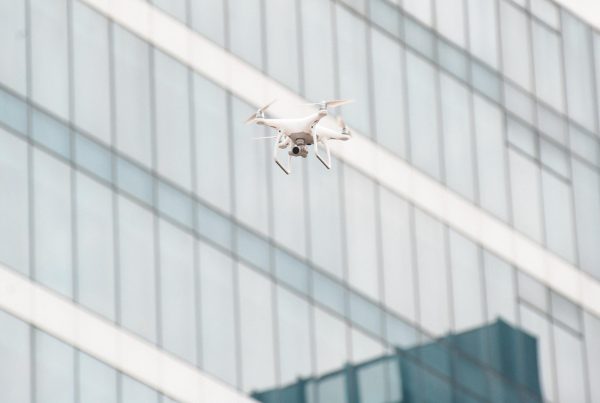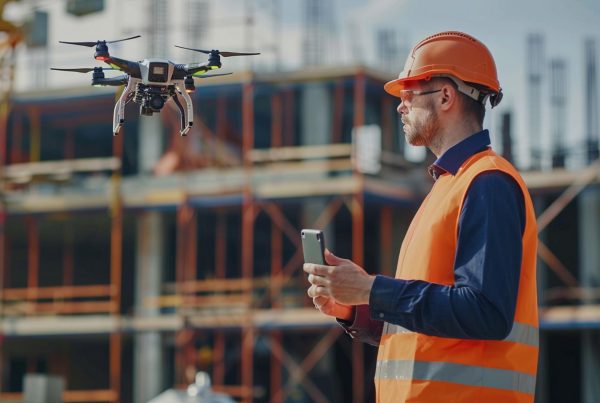
During any project, ensuring the design quality is essential to meet project objectives and industry standards. The smart adoption of Building Information Modelling (BIM), Augmented Reality (AR), Virtual Reality (VR), drones, and skills development and training is integral to achieving this goal.
- Leveraging BIM for Collaborative Design: BIM is a collaborative platform enabling multidisciplinary teams to work together seamlessly throughout the project lifecycle. By creating a centralised digital model, BIM facilitates enhanced design coordination, early problem detection, and proactive risk management, thereby ensuring the quality and integrity of the design.
- Enhancing Design Visualisation with AR and VR: Augmented Reality (AR) and Virtual Reality (VR) technologies offer immersive tools for visualising construction projects and conducting design reviews with unprecedented clarity and accuracy. By transforming design models into immersive 3D environments, AR and VR enable stakeholders to explore every aspect of the design, identify potential flaws or clashes, and iterate on design solutions in real-time, ensuring the quality of the design before construction begins.
- Harnessing Drones for Site Inspection and Monitoring: Drones play a crucial role in ensuring the quality of design by providing aerial surveys, site inspections, and progress monitoring throughout the construction process. By capturing high-resolution imagery and generating detailed 3D maps of construction sites, drones enable project teams to assess site conditions, identify deviations from the design, and take corrective actions as needed, ensuring that construction activities adhere to project specifications and industry standards.
- Empowering Skills Development and Training: Investing in skills development and training is paramount to ensuring the quality of design in the construction industry. By providing comprehensive training programs and opportunities for upskilling, organisations empower workers with the necessary skills and knowledge to effectively leverage advanced technologies such as BIM, AR, VR, and drones. Well-trained personnel are better equipped to execute design plans accurately, adhere to industry standards, and contribute to successfully delivering construction projects.
- Continuous Assessment and Improvement: Continuous assessment and improvement are key to maintaining the quality of design throughout the construction process. By leveraging the data and insights generated by BIM, AR, VR, and drone technologies, project teams can monitor progress, identify areas for optimisation, and implement corrective measures to ensure that design objectives are met and industry standards are upheld.
In conclusion, ensuring the quality of design in the construction industry requires the smart adoption of advanced technologies such as BIM, AR, VR, and drones, as well as a commitment to skills development and training. By leveraging these tools and methodologies, construction stakeholders can enhance design coordination, visualisation, and assessment, ultimately delivering projects that meet or exceed project objectives and industry standards.
Article 1: HSS Engineers Berhad: Embracing Technological Advancements in Construction
Article 2: Advantages and Challenges of Implementing Technology
Article 3: Transforming Project Planning with BIM
Article 4: The Role of AR and VR in Training and Visualisation














